If you are interested in camera conversion service or want to buy infrared converted cameras then all you need can be found here.
There are a few ways to make the camera see infrared. The simplest way is just to take an infrared filter and place it on the lens, go outside with a tripod and start taking long exposure pictures.
However, this method is inconvenient, and it will make moving objects blurred.
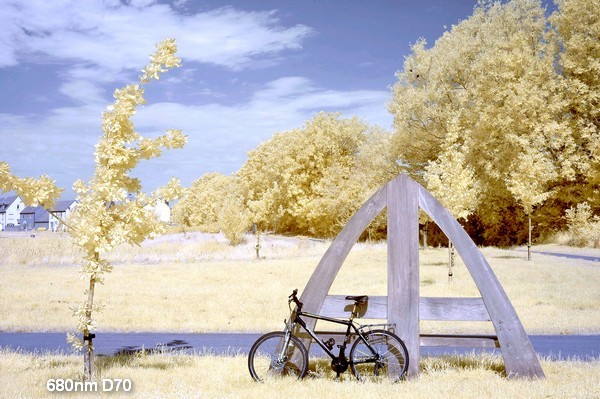
Contents
Download Our Free Infrared Photography Guide
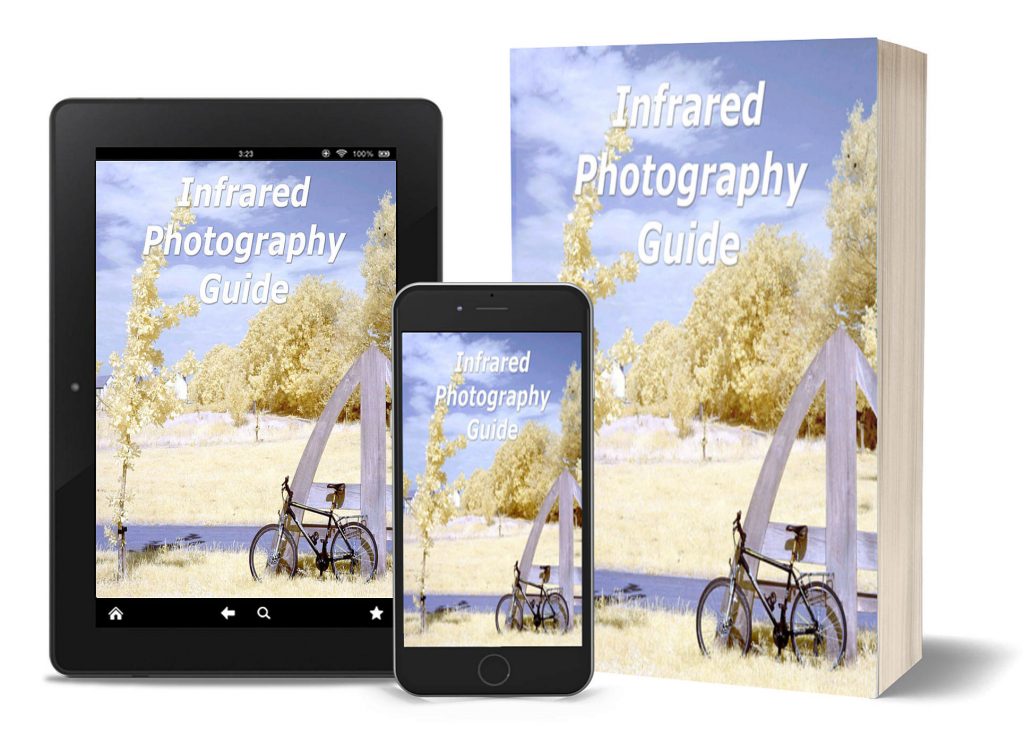
- How to take infrared pictures with a digital camera
- What are infrared filters available
- How to process infrared images
- How to modify a digital camera for infrared photography
- How to modify a digital camera to a full spectrum
Permanent Infrared and Full Spectrum Converted Camera
So we will do camera conversion. Basically, there are two types of infrared camera conversion: permanent infrared and full spectrum.
Permanent infrared is handy when we do not have infrared filters or adapters for each lens. It also allows us to see the subject through the viewfinder on a DSLR camera.
Full spectrum conversion facilitates us to try out new ideas and new filters. Perhaps, one day I want to shoot with a 590nm filter, and another day I want deep black with a 950nm filter.
We need then to buy infrared filters that fit our lens.
In all those two types the filter that blocks UV and IR light will be removed from the sensor.
Different cameras have a different number of those filters. Canon DSLRs and
mirror-less cameras usually have two filters.
Sony mirror-less cameras have one thick filter.
Fujifilm compact cameras have one filter, and Fujifilm mirror-less cameras have two filters.
New cameras have an ultrasonic sensor cleaning system. Some cameras like Canon 60D have very clever firmware and detects this is not the original glass. It usually gives ERR 70. Disabling the automatic sensor cleaning system, in this case, makes the camera work properly again.
Infrared Filters
Some cameras are used for astrophotography. Those have a special filter that passes Hydrogen Alpha light. The filter I used for this purpose would be Astronomic.
There are a few infrared filters. The most well-known is the 720nm filter, often referred to as “standard” infrared. It gives a slight grayish image straight from the camera.
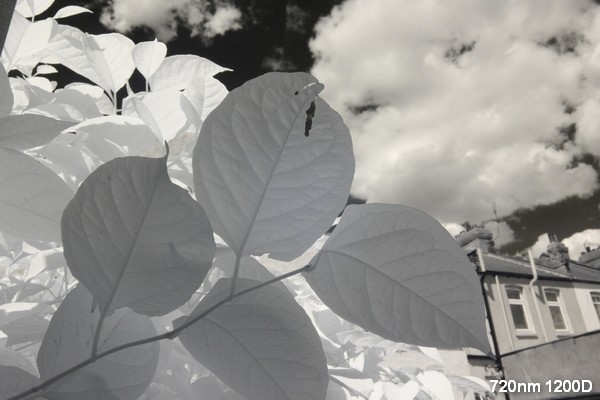
Then there is the 590nm, which is also referred to as “goldie.” Photos were taken using this filter usually will have a golden sky.
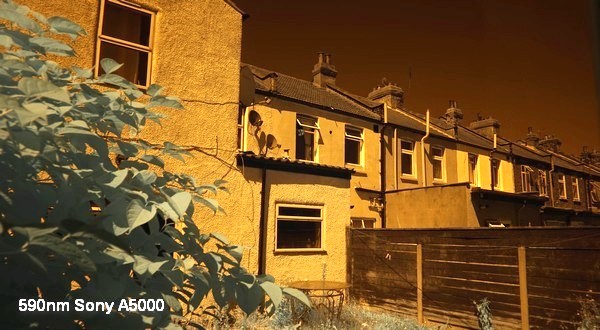
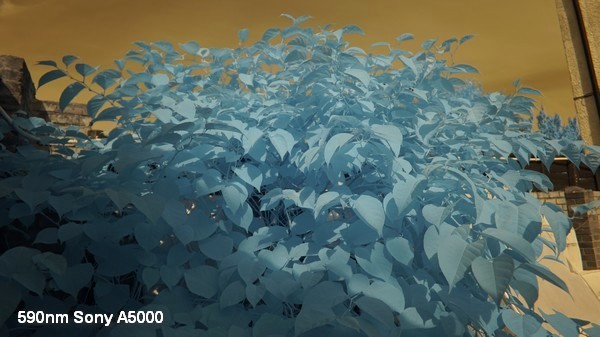
850nm infrared filter will give black and white image is custom balance is set to white paper or a gray card. Isn’t that incredible? The black and white images from a camera using just a custom white balance.
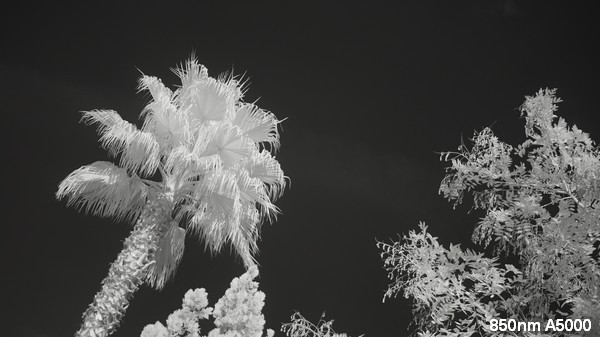
950nm infrared filters in photography are referred to as deep black or X-Ray. The pictures will have a very surreal feeling.
Many filters fall between these main wavelengths. Something like 680nm will give more color in the image.
To take these pictures and have them exposed correctly with no overwhelming red color a custom white balance should be used, and it should be set to something white or gray.
Infrared Converted Camera Calibration
Mirror-less cameras rarely require sensor calibration. They only require sensor leveling. For example, Canon EOS M will require sensor leveling.
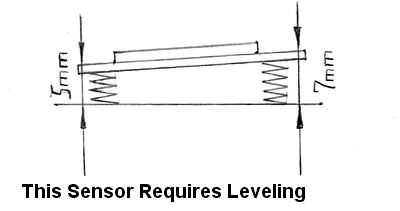
DSLR cameras require sensor calibration and some require sensor leveling.
The calibration is performed moving the sensor to the back, i.e. 0.5mm.
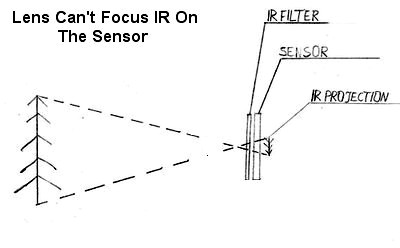
Sensor leveling requires a special jig to measure the distance from chassis to the sensor.
Sometimes in less light conditions is difficult to focus with the infrared converted mirrorless camera. Converted DSLR cameras are avoiding this as they use a dedicated focusing sensor, which is not affected by the conversion.
What Are Those Dots in Infrared Images?
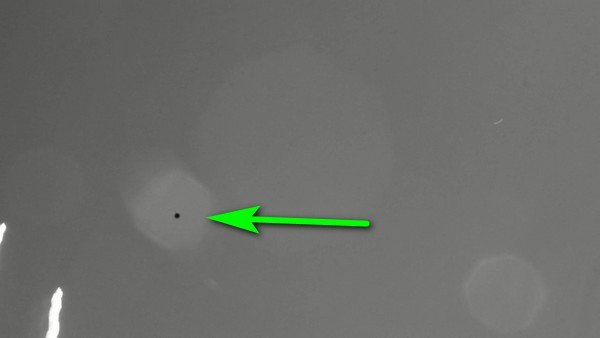
Usually, these dots are not dissolved pigment that became a round lump. It also can be a bubble, which is on the inside of the filter. However, the bubbles rarely show up in the image. This also can be dust particles or hair pieces. They usually are not that noticeable as filter defects.
Wide open aperture makes these dots go away. Although some cameras do not have a manual override in movie mode, so depending on lighting conditions and aperture number those defects would be visible to some extent.
Conversion Difficulty
Difficult to convert is Sony mirror-less cameras, Fujifilm mirror-less cameras.
Easy to convert is Canon DSLRs and most compact cameras that are over 10 MP in resolution.
I suggest you to check Mark Hilliard blog where he is doing amazing things with infrared images. These is the search results on Google, he moved recently to a new blog.
Please check out our shop here.

 Subscribe to our YouTube channel
Subscribe to our YouTube channel